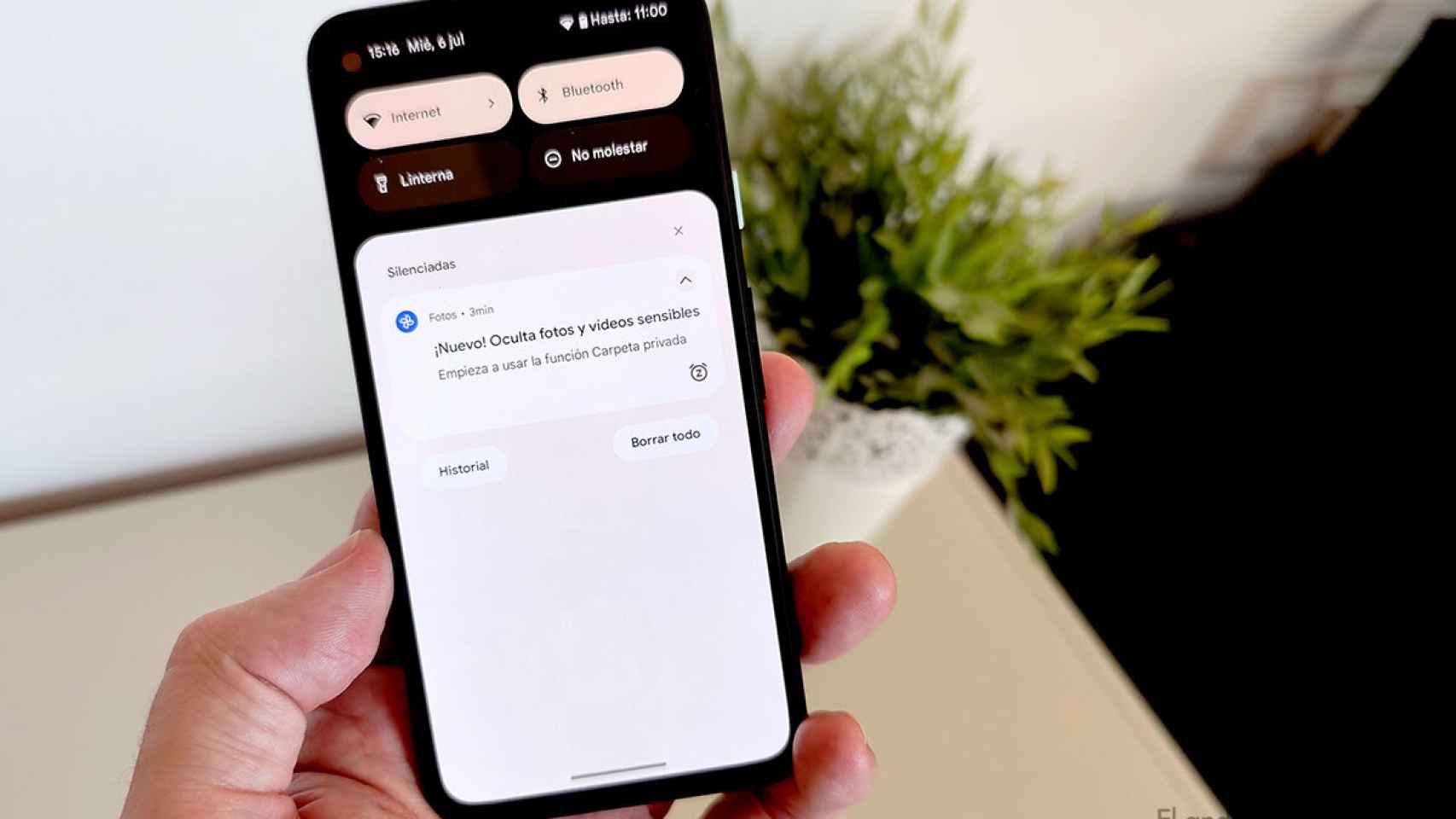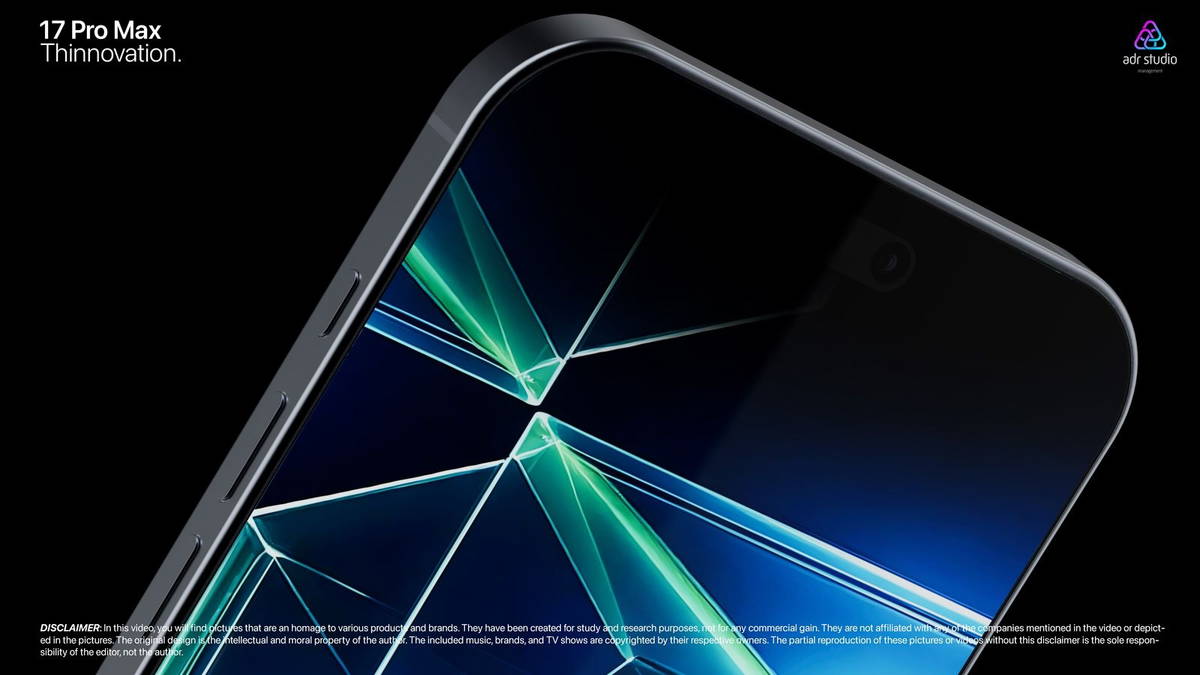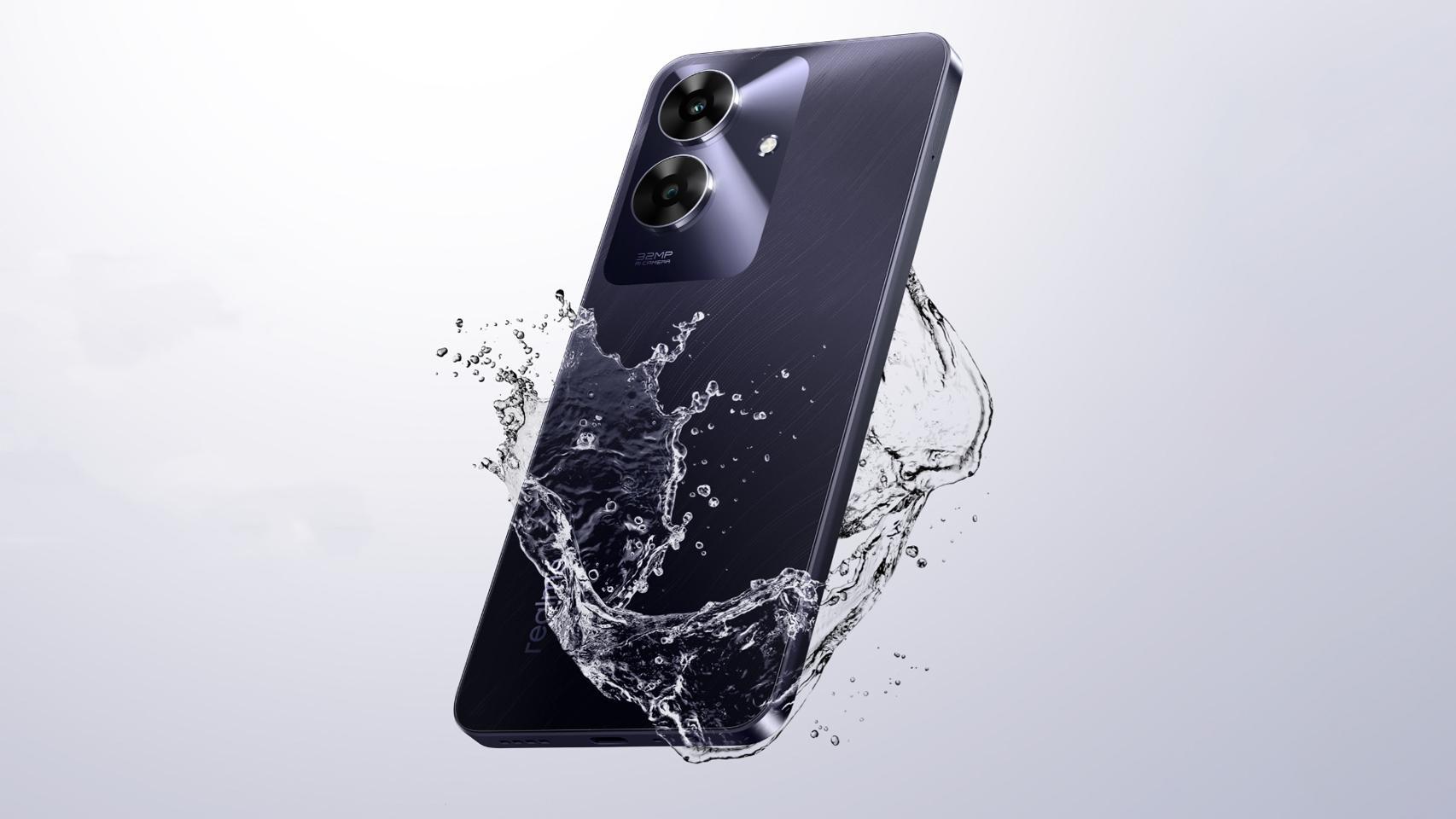If you look at the termination of some USB cables, you will see that the port is usually colored in a specific tone: blue, orange, black and even white. These colors do not respond to aesthetic issues, but are closely linked to the capacities of each cable and each HUB.
For example, a USB-C cable with an orange connection tells us which is part of gen 3.2 and which offers a theoretical throughput of up to 2.5 GB per second. For this reason, it is so important to know their differences, to make the most of the possibilities.
The classification of each type of USB key according to its color

It’s true: each color of each USB port corresponds to a designation. And each new generation is generally compatible with the previous ones. For example, USB 4.0 is backward compatible with previous standards (USB 3.2, USB 3.0 and USB 2.0)
Unfortunately, with the next generation, confusion reigns, as all USB-C and Thunderbolt 3 and 4 connectors look the same except for the lightning bolt icon in those seconds. And more now, knowing that Apple is forced to use the USB-C connection in its future iPhones.
But that’s another debate that will bring significant ecological benefits and some other inconveniences. That said, here’s how the color classification remains:
- The USB port is white. This type of connection is the oldest, which corresponds to the USB 1.0 standard. It only transfers data at a maximum speed of up to 1.5 Mbit/s (188 Kb/s).
- The USB port is gray. This is the first evolution, it corresponds to the USB 1.1 generation, full speed. Allows speed up to 12 Mbit/s (1.5 MB/s)
- The USB port is black. We are moving to USB 2.0. Allows you to transfer data at 480Mbps/60MB/s or charge devices at a power of 2.5W (5V and 500mA). If you have cables from ten years ago, they probably fall into this category.
- The USB port is dark blue. The arrival of new connections and faster hard drives has also landed in our homes this new standard designed to reach a transfer speed (theoretical) of 5Gbps and an energy load power of 4.5W (5V and 900mA). It’s not called USB 3.0 for nothing.
- The USB port is light blue: USB 3.1, more atypical, this evolution guarantees more speed with less power consumption. Until 10Gbps (1.25Gb/s) , nothing less. In addition to its bandwidth, it offers great compatibility, since it can power devices up to 100W.
- The USB port is orange: This is the most common standard today, associated with many fast-charging chargers. This implies a good jump, since it corresponds to USB 3.2 and implies transfer rates of up to 20 Gbit/s (2.5 GB/s).
- The USB port is red: USB 4.0, evolution compared to the previous one, USB Power Delivery compatible and up to 100W of power.
- The USB port is yellow: This is not a standard but a type of continuous power cable, which signals that it is doing a permanent charge, whether it is a USB 2.0 or USB 3.0 cable.
Why are there different colored USB cables?
The reason is obvious: to differentiate the different types of USB ports and cables, differentiating the transfer speed and the compatible voltage. But even with these color codes, many manufacturers implement labels and icons that make cable generation explicit —with nomenclatures such as SSD cable—, in addition to the port you use on your Apple device.










